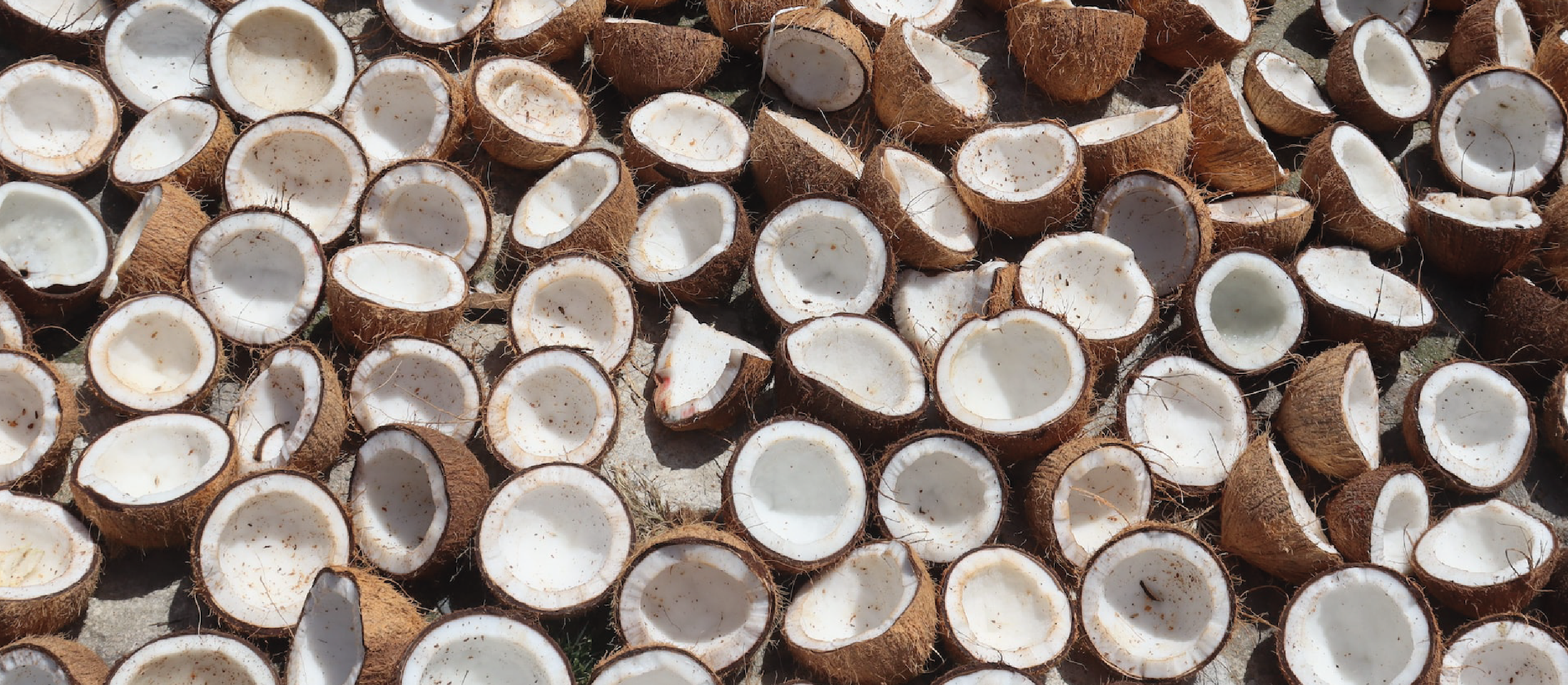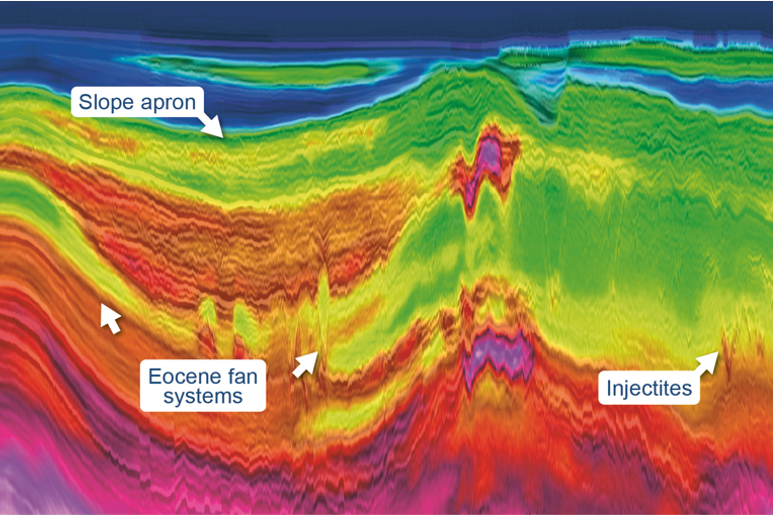This month, PGS Geophysical AS successfully finalised acquisition of a 4D seismic survey over the Goliat field (PL 229) and its surrounding prospects. Although detailed processing still needs to take place, “preliminary data screening indicates promising data quality”, Denis Palermo, exploration manager at Vår Energi said.
“Comparing the differences between both surveys will give important information about fluid movement in the reservoir, which will help future drilling campaigns and enhance field management. Use of the 4D technology contributes to responsible resource management, and is part of our strategy to better assess and exploit the potential in proximity to the producing fields,” says VP operations Rune Oldervoll.
The seismic acquisition took place using the Ramform Tethys vessel, which was mobilised on the 28th May under strict Covid-19 precautionary measures. The survey started on the 3rd June and took 22 days to complete, six days ahead of schedule and without incidents. At the moment, PGS is acquiring a large multiclient survey in a NE-SW transect over the Snøhvit area just west of Goliat.
The Goliat field, operated by Vår Energi AS (65%) and partnered by Equinor Energy AS (35%), was discovered in 2000 through drilling wildcat 7122/7-1 in the Barents Sea. The field produces oil from the Triassic Kobbe and Snadd formations and the Kapp Toscana Group of Triassic-Jurassic age at a depth of around 1,100 to 1,800 metres. Original recoverable oil is estimated at 31.60 MSm3 or 199 mmbo. So far, around 12.6 MSm3 has been produced. The field has been developed with a cylindrical FPSO that is connected to eight subsea templates and in turn to 32 well slots.
HENK KOMBRINK





